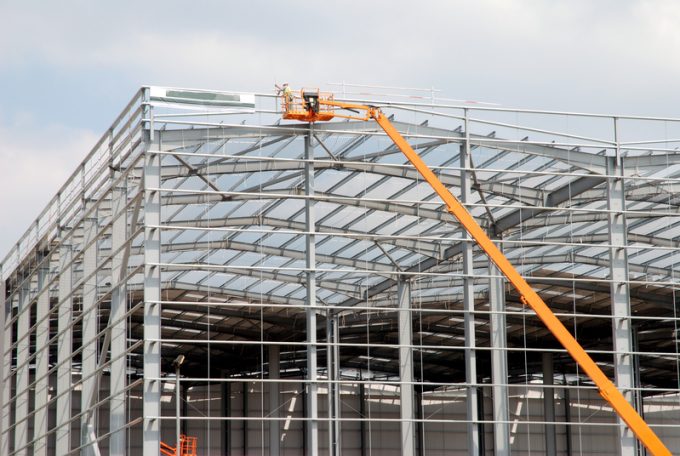Behind the numbers – how GXO's strategy stacks up
Neil Shelton on M&A, returns and outsourcing

Faced with an ongoing dearth of available capacity, warehouse operators will have to step up automation of their facilities to ease constraints.
New studies show construction has slowed sharply and inventories will remain bloated at least into the second half of this year, and likely well into 2024.
Warehouse construction shifted down a few gears this year, according to Interact Analysis, a UK-based consulting firm. On a global scale, new warehouse building has fallen by 35% from last year.
This year, the consultancy ...
Maersk u-turn as port congestion increases across Northern Europe
Apple logistics chief Gal Dayan quits to join forwarding group
Maersk Air Cargo sees volumes fall as it aims for 'margin in favour of revenue'
Houthis tell Trump they will end attacks on Red Sea shipping
Transpac rates hold firm as capacity is diverted to Asia-Europe lanes
Airlines slash freighter capacity post-de minimis, but 'the worst is yet to come'
MSC revamps east-west network as alliance strategies on blanking vary
India-Pakistan 'tit-for-tat' cargo ban sparks sudden supply chain shocks

Comment on this article